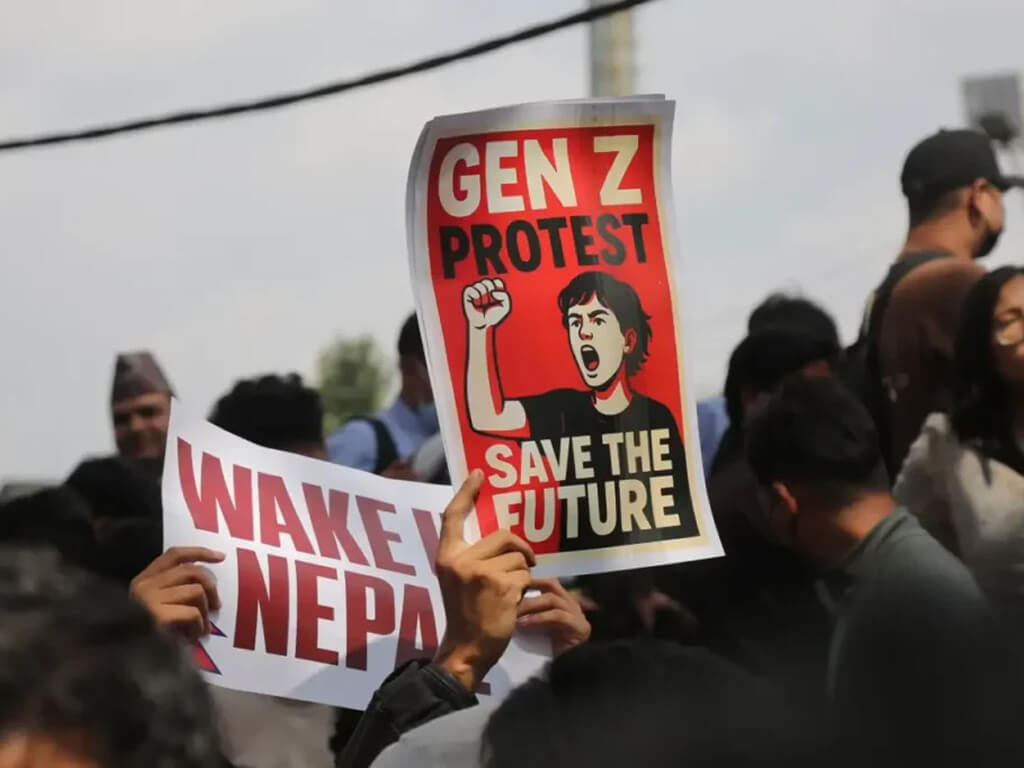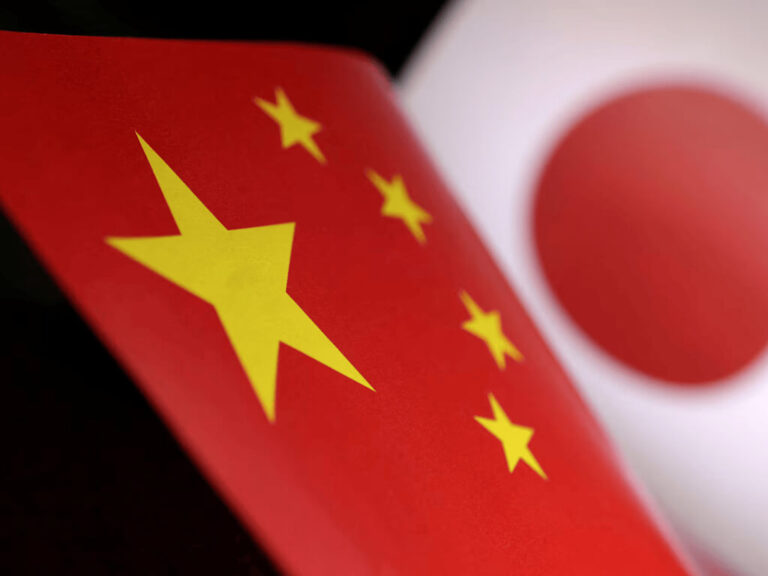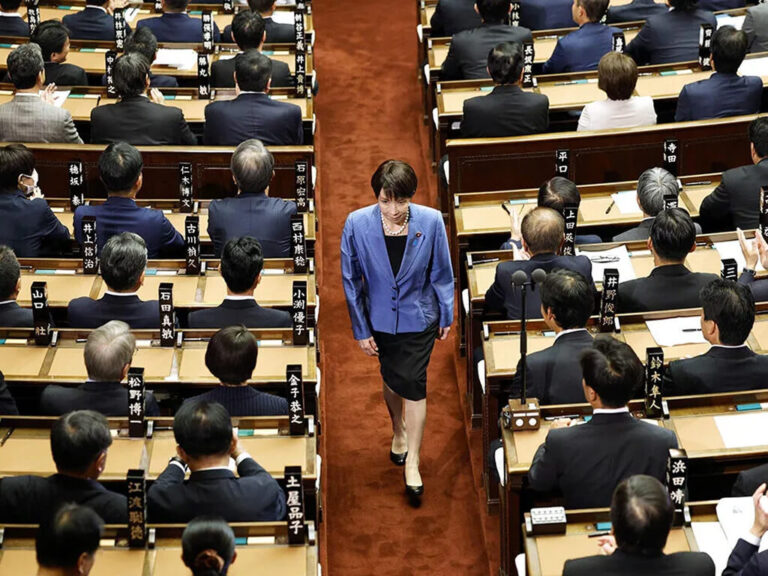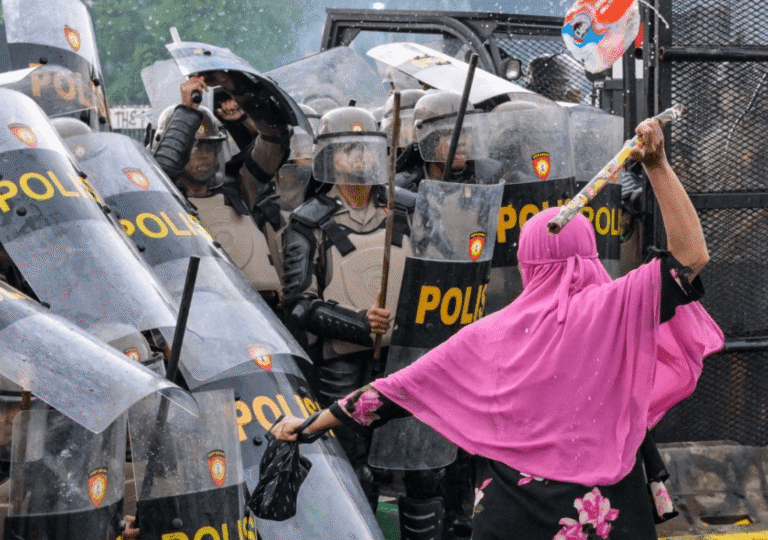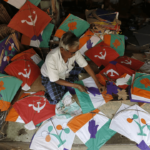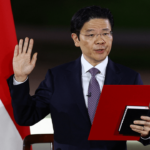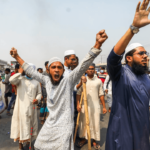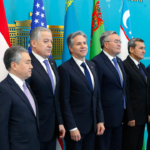Across much of Asia, democracy coexists with corruption and entrenched political dynasties. These families maintain loyal voter bases treated with near-religious devotion. Over time, new rival families rise, turning politics into a feud between lineages rather than a competition of ideas. Voters end up choosing between families instead of policies. Academic institutions and state-aligned media reinforce their status, portraying these dynasties as natural rulers. Behind the scenes, wealth and influence are quietly shared among them to preserve the system.
But social media is breaking this pattern. As political heirs and bureaucrats flaunt their privilege and expect the same unquestioned admiration, citizens are pushing back. With growing access to democratic ideals online, people now understand what they are entitled to demand from those in power. They organize, speak out, and when the frustration peaks, they flood the streets. Media outlets have called this wave of unrest a Gen Z revolution, and in several cases, these movements have already proven capable of bringing down entire regimes.
Nepal, which secured its democracy only in 2008, has become the latest country to successfully execute such a mass movement. Citizens rejected the fragile system they had built, and within just two days of digitally coordinated unrest, the unpopular government collapsed. Protesters then used online platforms to shape a new interim administration. For the first time in modern politics, ordinary people directly participated in forming a government through online polls and open discussions on platforms like Discord.
One month into this experiment, the interim government stands at a defining crossroads. If it fails to deliver on its promises, another wave of protests could surge, pushing Nepal back into instability.
Promises Must Be Kept
Even though the interim government has been in power for just a month, it is already facing intense scrutiny. Its legitimacy, derived from an online selection rather than a traditional democratic process, depends entirely on whether it can deliver on the promises made during the uprising.
Despite the short time frame, many citizens are already voicing frustration that their demands are not being met. The lack of any high-profile arrests from Oli’s former administration remains a key grievance. While some argue it is too early to judge, dissatisfaction is growing over the anti-corruption campaign, which so far has failed to produce significant action against entrenched political elites. Prime Minister Karki is under pressure from Gen Z activists to demonstrate decisive action, but deep bureaucratic resistance continues to slow progress.
Home Minister Om Prakash Aryal said the government’s first priority was to remove obstructions and cut political links that had long protected powerful figures from investigation. He explained that the administration is creating an environment where the commission can accept complaints against anyone and pursue investigations. Aryal acknowledged that a full independent probe into decades of corruption will take time, but he stressed that some actions must begin immediately and made it clear that the government will not allow impunity to persist.
The government also announced plans for monetary aid and hospital coverage. During the Gen Z protests, at least 732 people were killed and many more were injured, most of them in confrontations with the police. The state pledged compensation and medical support, including 1.5 million rupees for each family of those declared martyrs. More than 283 injured protesters are also in need of financial assistance. However, no detailed roadmap for distribution has been released yet, and implementation remains pending. If the government does not fulfill these commitments effectively, it risks being seen as no different from previous administrations.
Elections under Karki are expected to be held by March, and any attempt to delay them or extend power to fulfill promises, similar to what occurred in Bangladesh, could provoke a strong backlash.
Who Will Set the Direction?
Confusion remains high over the direction the state will take and who will set the agenda. The Gen Z movement had no single leader, no manifesto, and no unified set of demands, and it largely remains decentralized. Currently, a mix of leaders from diverse backgrounds is running the government until elections in May. They have pledged to pursue common goals, such as prosecuting corrupt politicians, but multiple parties are expected to influence decision-making. This will shape governance in the coming months, and leaving all policy-making to the upcoming elected government also pose significant challenges.
Nepal, a small country nestled in the Himalayas and home to Mount Everest, holds strategic political importance due to competing agendas pursued by foreign powers. China, with its communist government and ties to Nepal’s democratic institutions, has reportedly benefited from payments to local politicians and invested in major infrastructure projects. Beijing may try to influence domestic agendas to maintain its presence.
India, exercising soft power in the region, maintains influence through Hindu nationalist organizations. Prominent Indian leaders and their ideologies have supporters within Nepal. Public attention has focused on figures like Yogi Adityanath, the Hindu monk turned chief minister in India, whose campaigns to demolish buildings deemed corrupt were symbolically echoed in Nepali protests with toy bulldozers. Some groups even advocate for reinstating the monarchy, historically pro-India, while the current democratic system is perceived as aligned with China. India is likely to closely monitor and advance its interests in the process.
The United States will also pursue its own interests in the region. At the same time, rising currents of liberalism and nationalism, often linked to pan Asian youth movements influenced by anime, K pop, and other pop culture trends, are shaping the political awareness of the younger generation. How the interim government manages these dynamics and coordinates among the different groups will be crucial. If it appears to favor one faction over another, street protests could erupt, further complicating the situation for the administration.
Traditional Politicians Won’t Settle
From day one, traditional politicians have opposed the interim government and could easily create obstacles. While significant change is underway, concerns persist about politicians who grew up in corrupt systems and maintain close ties to big business in the state. They are unlikely to sit quietly and will make concerted efforts to return to power.
Nepal’s largest political parties, the Nepali Congress, the Communists, and the Maoists are increasingly challenging the legitimacy of Karki’s interim government. After parliament was dissolved, all three parties issued statements calling the move unconstitutional and dangerous. In a notable break from tradition, none attended Karki’s swearing-in ceremony. Now, however, they are making efforts to engage with the current administration.
In an inflammatory speech this week, former Prime Minister Oli accused Karki and the Gen Z protesters of ulterior motives. He claimed there was an attack on the country, its sovereign power, its territory, and its national interests. Analysts warn that the growing divide between the interim government and established political parties could threaten Nepal’s political stability and the success of elections scheduled for March.
What Is the Future of Nepal?
Nepal, home to around 30 million people, has a long history of political instability. Following the end of its 239-year-old Shah dynasty monarchy in 2008, after a decade of bloody civil war, the country has witnessed the rise and fall of more than a dozen governments. The story is far from over, as competing interests continue to clash. Further protests could emerge, potentially toppling another government. The immediate future of Nepal will largely depend on how the interim government under Karki manages these challenges and meets the expectations of an increasingly politically engaged youth.

